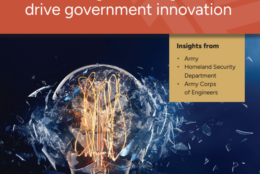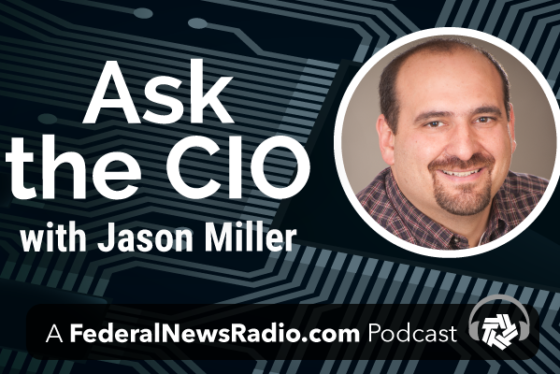IT Modernization
-
How are agencies refining their AI strategy?
September 24, 2024 -
The IG report found more than half of those major performance incidents happened after the VA put all future EHR go-lives on hold.
September 23, 2024 -
Granicus’ Angy Peterson says effective data management allows agencies to make evidence-based decisions on customer outreach and engagement.
September 23, 2024 -
The Federal Acquisition Security Council would get a big update under legislation that's on the move in the House.
September 20, 2024 -
The higher scores stem from major improvements in two categories: CIO investment evaluation and cloud computing.
September 20, 2024 -
With data, ‘why’ matters as much as ‘how’
September 13, 2024 -
Without a 2025 budget increase for the Social Security Administration, Commissioner Martin O’Malley warned a hiring freeze and worsening services will come.
September 12, 2024 -
Regulatory compliance makes establishing governance policies for data sharing tough, but generative AI offers potential, explains Maximus’ James Bench.
September 12, 2024 -
Jamie MacGillis, an advisor for digital capabilities, said the Army Contracting Command is leading the effort to adopt modern software capabilities.
September 11, 2024 -
The IRS campus in Austin is one of three IRS processing centers that still ingest much of the agency’s paper-based workload.
September 10, 2024 -
Gundeep Ahluwalia, the former Labor Department chief information officer, said in an exit interview that the agency reduced its spending on outdated technology.
September 09, 2024 -
With the zero trust deadline barely in the rearview mirror, agencies begin to see the results of their early efforts. What challenges lay ahead?
September 06, 2024 -
Lisa Sanders, the director of science and technology for SOCOM, said Congress gave them authority to test out new approaches to SBIR agreements.
September 06, 2024 -
How is the Marine Corps Forces Cyberspace Command securing data?
September 05, 2024 -
SSA is implementing e-signatures capabilities for more than 30 forms and removing the signature requirement altogether for 13 forms.
September 04, 2024
















